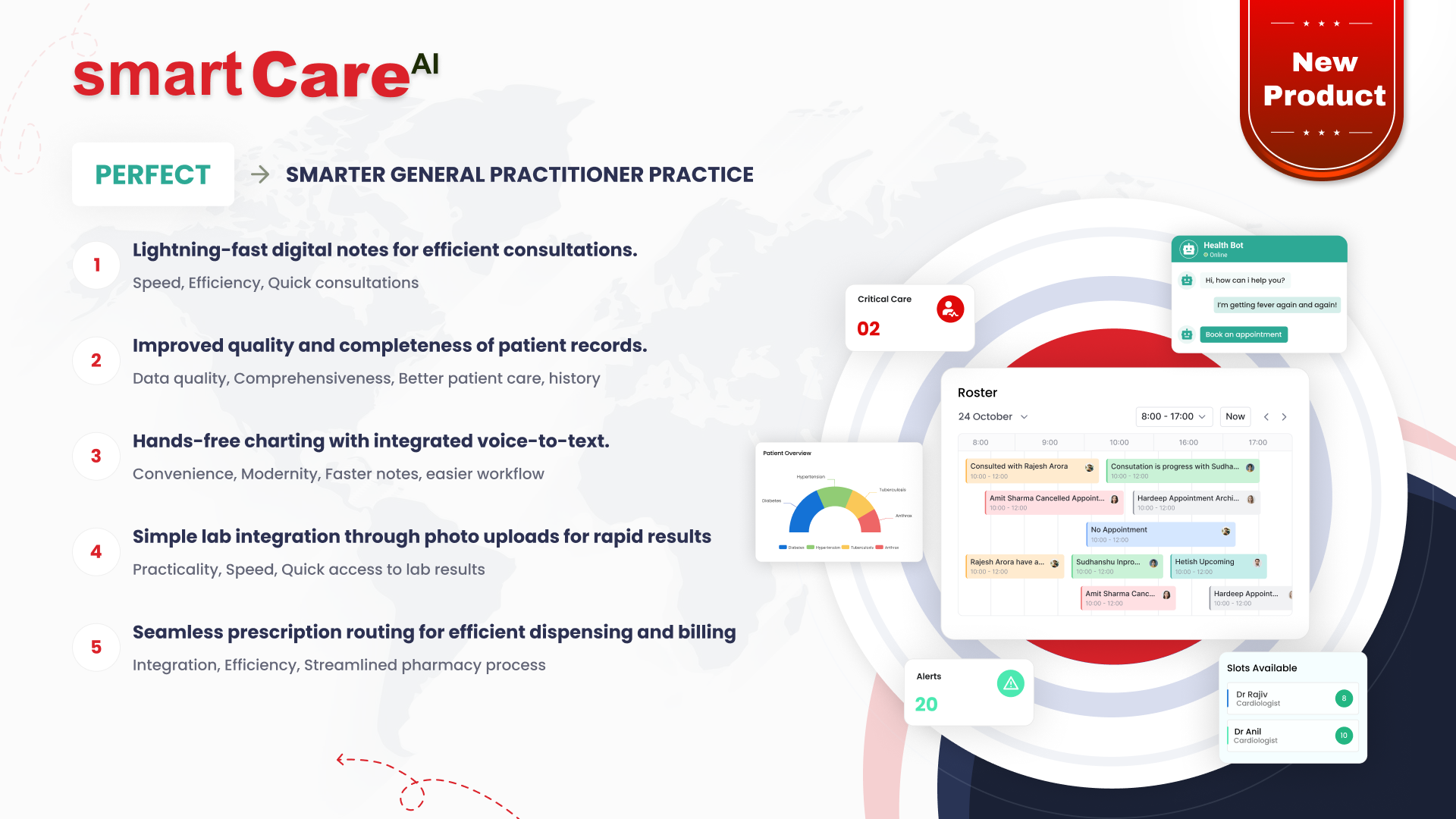
Posted On June 4, 2025
How Much Does It Cost to Build a Healthcare App in 2025?
The demand for healthcare apps has grown rapidly, driven by digital transformation, remote care, and the need for patient convenience. But if you’re planning to build one in 2025, you’re probably asking: how much will it cost? The answer depends on several key factors—from features to compliance requirements.
Let’s break down the cost influences to help you plan effectively.
What Factors Influence the Cost of a Healthcare App?
The total cost of building a healthcare app varies widely depending on multiple elements. These include:
-
Type of app (e.g. telemedicine, fitness, EHR, remote monitoring)
-
Target users (patients, doctors, or administrators)
-
Platform choice (iOS, Android, or both)
-
Level of customisation
-
Integration with existing systems
In 2025, a basic app might start from $60,000 to $100,000, while complex apps with AI integration and real-time features could exceed $300,000.
How App Type and Functionality Affect Development Cost
The kind of app you’re building plays a significant role in the budget. For instance:
-
A health tracking app with simple features like calorie logging and activity tracking will cost far less than a telehealth platform with video consultations, appointment scheduling, and e-prescriptions.
-
An app designed for patient-doctor communication or electronic health record (EHR) access typically requires more secure and compliant data handling, which increases the cost.
More features = more time, resources, and money.
The Role of Design and User Experience in Pricing
User experience is critical in healthcare. A poor interface can lead to patient confusion or even health risks. Designing an intuitive, accessible UI involves:
-
Custom design elements
-
User research and testing
-
Accessibility for elderly or differently-abled users
These design efforts may account for 15–25% of the total budget, but they’re worth the investment for better adoption and patient satisfaction.
Why Backend Infrastructure Impacts Budget Planning
Behind every good app is a strong backend. For healthcare, this includes:
-
Secure databases to store health data
-
Cloud hosting for scalability and uptime
-
Real-time data processing
Building and maintaining a secure backend adds a substantial cost, especially when you factor in performance, encryption, and disaster recovery protocols. Expect backend infrastructure to take up 30–40% of your development budget.
How Compliance and Security Raise Development Costs
In healthcare, regulations are non-negotiable. Whether you’re targeting the US, UK, or global markets, compliance affects your bottom line.
-
HIPAA (USA)
-
GDPR (Europe)
-
HL7/FHIR standards for health data exchange
Implementing these protocols involves extra work: encrypted storage, secure APIs, audit trails, and data access controls. Compliance could add $20,000–$50,000 to your overall cost but is essential for legal operation and user trust.
The Cost of Integrating Third-Party Tools and APIs
Modern healthcare apps rely heavily on external systems—whether it’s for electronic health records (EHR), payment gateways, telemedicine features, or remote patient monitoring tools. Each third-party integration often requires development time, licensing fees, and ongoing updates to stay compatible with external systems.
For example, integrating a secure video conferencing tool for telehealth may add between $5,000 to $15,000 to your development budget, depending on the provider and customisation level required.
Development Team Location and Its Effect on Overall Cost
Where your development team is based plays a major role in your total project cost. Hiring a team in North America or Western Europe generally comes with higher hourly rates ($100–$200/hour), while experienced developers in regions like Eastern Europe, India, or Southeast Asia may offer competitive rates ($25–$70/hour) without compromising quality.
Choosing the right partner depends on your project complexity, timeline, and communication needs—not just cost.
Ongoing Maintenance and Support: What to Budget For
Launching the app is just the beginning. To ensure your healthcare app remains compliant, secure, and functional, ongoing maintenance is essential. This includes regular updates, bug fixes, software patches, server upkeep, and compliance audits.
A good rule of thumb is to allocate 15–20% of your initial development cost annually for maintenance. For an app costing $100,000 to build, expect to spend an additional $15,000–$20,000 per year.
Cost Comparison: Native vs. Cross-Platform Healthcare Apps
Choosing between native development (building separate apps for iOS and Android) and cross-platform development (using frameworks like Flutter or React Native) can significantly impact your budget.
-
Native apps tend to be more expensive but offer better performance and access to device-specific features.
-
Cross-platform apps are more cost-efficient (20–30% cheaper) and faster to develop but may lack the depth of customisation some healthcare providers need.
Your decision should be guided by your audience’s device usage and the app’s technical requirements.
Estimating a Realistic Budget for Healthcare App Development in 2025
Considering all the above factors, the cost to develop a basic healthcare app in 2025 may start at $60,000–$100,000, while a more complex solution with features like AI, wearables integration, and advanced security could exceed $200,000. Your budget should also account for hidden costs such as app store fees, cloud hosting, data compliance (HIPAA, GDPR), and regular performance optimisation.
Conclusion
Building a healthcare app in 2025 involves much more than just coding. Factors such as app complexity, backend infrastructure, user experience, and regulatory compliance all play a part in shaping the final price tag.
If you’re planning to develop a healthcare solution that delivers value, compliance, and user satisfaction—partnering with an experienced development team is key.
At smartdatainc.com, we specialise in building secure, scalable, and cost-effective healthcare applications tailored to your unique needs.
